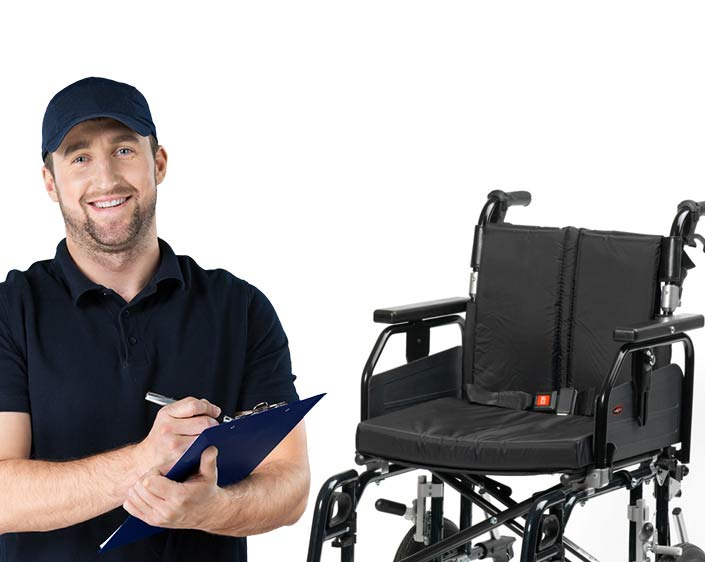Lenox Medical is a supplier of Power Wheelchairs, Scooters, Walkers, canes for mobility impaired individuals. Your Power chair or Scooter is delivered free of charge, with free in home setup and training. Our team of mobility specialist assists in gathering all the necessary paperwork from your physician and filing of your Medicare and Insurance claims. We also provide short-term scooter, wheelchair & knee walker rentals for tourist and local residents. Learn more about our scooter & wheelchair rental
How do I rent a wheelchair or scooter?
Our wheelchair and scooter rental process is easy. Simply call us toll-free at 1-866-474-4356 and provide the details of your wheelchair or scooter rental. We simply explain your options and reserve your equipment over the phone. You may also reserve your scooter or wheelchair rental online or view rates by visiting our reservation page
Where can I rent a wheelchair or scooter?
Looking for a scooter or wheelchair rental? Look no further; ScooterPlus Rentals, a division of Lenox Medical is your mobility solutions company and we provide rentals in Washington DC, Maryland, Virginia, New York, Atlanta, Las Vegas and Orlando etc. We make traveling easy for tourist and local residents. Simply call our staff at 1-866-474-4356 to arrange for a scooter or wheelchair to be delivered to a destination of your choice.
The physicians section of our website is designed to provide healthcare professionals information relevant to prescribing a power mobility device for their patients. It is designed to help physicians and referral sources rule out unnecessary equipment by recommending products that will benefit patients the most.
Attention Medicare Beneficiaries
As you know Medicare may cover the cost your power chair or scooter if your doctor qualifies you. We work with you, Medicare, private insurance and your doctor to ensure you receive the appropriate equipment. For patients who qualify Medicare will cover 80% of the cost of your power chair cover 80% of the cost of your power chair scooter and you or your secondary insurance will cover the remaining 20%. Click here to see if you qualify for a little or no cost Power chair/scooter.
"Power Wheelchair & Scooter Repair Center"
Lenox Medical Supply repairs most power wheelchairs and scooters. To schedule a repair or service call us at 202-387-1960. Repairs and service are limited to Washington DC, MD & Virginia. Medicare, Medicaid and Private Insurance beneficiaries are welcome. Even if you did not purchase your wheelchair from us we can perform the necessary repairs needed to get you back on track.

Our Clients
Some of the customers we have had the pleasure of serving.

 Bill Payment
Bill Payment





























